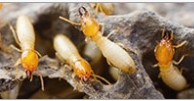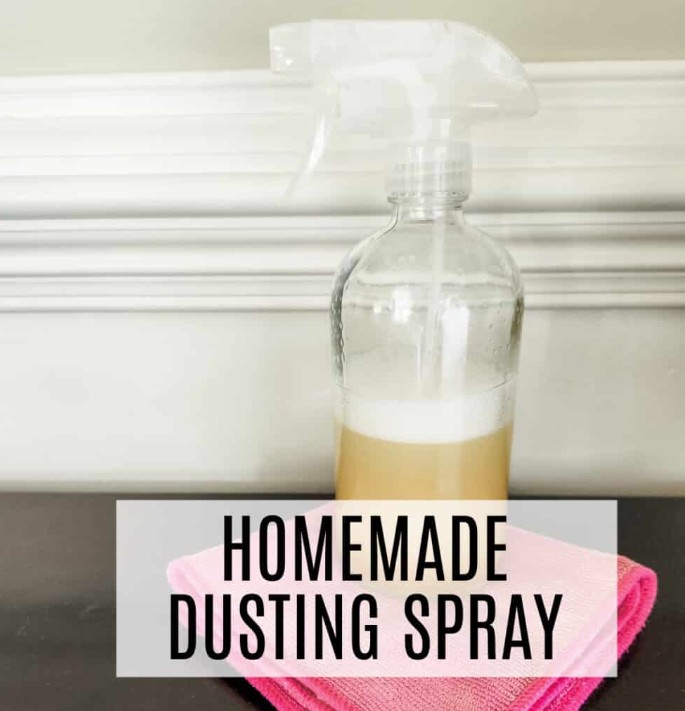Termites have a reputation for causing expensive headaches, and for good reason. They can turn a beautiful home into a twisted, hollow shell by eating away at wood from the inside out. The worst part? Sometimes you don’t catch them until the damage is well underway. Most homeowners feel the strain on their wallets and their nerves when faced with these pests. While calling a professional is sometimes the only option, the idea of DIY termite killer yourself with simple tools and products you have at home is hard to resist. It’s about taking back control, saving some money, and feeling empowered.
The Most Effective DIY Termite Killing Methods
Time to get into the nuts and bolts. Some home solutions actually stand a fair chance against termites — if you catch them early and stick to safe practices. Below are DIY methods that, according to pest experts and hands-on homeowners, offer a punch against hungry termite colonies.
Cardboard Trap Technique: Attract and Destroy Colonies
This might sound like something out of an old cartoon, but cardboard really works as a termite lure.
Why Cardboard? Termites are drawn to cellulose, the main ingredient in cardboard (as well as wood). When damp, cardboard emits a scent that termites find irresistible.
How To Make a Cardboard Trap:
- Take two or three flat pieces of plain cardboard. Corrugated is best because it holds moisture well.
- Soak the sheets in clean water until thoroughly damp but not falling apart.
- Stack them and place near termite activity — think crawl spaces, wood piles, or garage corners. Avoid areas pets can reach.
- Leave the trap for a few days. Once it’s full of termites, remove the cardboard (carefully) and burn it outside or dispose of it in a sealed trash bag.
When To Use This Trap:
- For small, localized infestations.
- As an early warning system if you suspect termites but aren’t sure yet.
- After repair work, to catch any stragglers.
Safety Tip: Don’t use this as your only method for a full-blown infestation. It’s better for spotting termites or as a first strike if you catch them early.
Boric Acid: A Lethal Homemade Termite Solution
If cardboard is the bait, boric acid is the hammer. This basic household powder interrupts termites’ nervous systems and dries them out.
How Boric Acid Works: Boric acid sticks to termites as they move through treated areas. When they groom themselves, they ingest the powder, poisoning them from the inside.
DIY Boric Acid Spray:
- Mix 1 teaspoon of boric acid powder into 1 cup of water. Stir until fully dissolved.
- Pour the mix into a spray bottle.
- Spray it directly onto wood where you’ve seen evidence of termites (such as pinholes, frass, or tubes).
- For dusting, sprinkle the dry powder into cracks, behind walls or anywhere termites may hide.
Safety Precautions:
- Always wear gloves and a dust mask when handling boric acid.
- Keep pets and kids away from treated sites until the product has dried or settled.
- Never use boric acid near food areas or water supplies.
Expert Voice: Pest control vet Rick Small says, “Boric acid works well in dry, hidden places like behind baseboards. Be generous, but careful, especially in homes with pets.”
Nematode Application: Natural Biological Termite Control
If chemicals make you uneasy, nematodes are a lively, green alternative. These tiny roundworms kill termites by seeking them out and releasing bacteria. The bacteria break down the termite’s body tissues, basically ending the colony from within.
Where To Buy:
You’ll find beneficial nematodes at garden shops, larger hardware stores or online garden supply sites. They’re shipped alive, usually in a powder or sponge.
How To Apply:
- Mix the nematodes with water according to the packaging instructions.
- Pour or spray the mix into the soil near affected wood, around your home’s foundation or directly onto termite mud tubes.
- Repeat weekly for several weeks, especially if it’s dry or hot outside — nematodes work best in moist soil.
What To Expect:
- Nematodes take a little longer than chemicals. Expect to check for results after two to three weeks.
- Use nematodes as part of a broader defense plan. They won’t help much for drywood termites inside your walls.
Personal Note: I once saw a neighbor’s garden bounce back from a stubborn termite problem after three rounds with nematodes. It doesn’t smell, and no chemicals linger once they’re in the soil.
Protecting Treated Areas and Preventing Reinfestation
Simply killing termites doesn’t guarantee they won’t come back. Think of DIY termite control as locking the door after a break-in.
Must-Do Steps:
- Seal Entry Points: Use caulk or wood filler to close cracks in your foundation, around windows, and at plumbing entry spots.
- Fix Moisture Problems: Termites love damp spots. Repair leaks, improve drainage, and keep your crawl spaces dry.
- Store Wood Properly: Stack firewood and lumber away from your house and off the ground.
- Trim Down: Keep plants, shrubs, and tree branches from touching exterior walls.
- Inspect Yearly: Even after treatment, check your home once a year for signs of termite activity. Look for mud tubes, small holes, or discarded wings.
Tip: If you used cardboard traps or boric acid, replace or replenish them at the first sign of new termites.
DIY Termite Control
DIY termite control lets you stay ahead of the pests without breaking the bank. Traps, boric acid, and nematodes each attack the problem differently, making them especially effective when combined. Regular home checks and sealing up entry points help keep termites at bay. But don’t wait if you hear hollow-sounding wood, spot large colonies, or see growing mud tubes on your walls — that calls for a professional. Early action is your best defense, and a well-kept home is your safest bet against these destructive little invaders. If you catch termites early and use the right tools, you can protect your space and keep expensive repairs at bay. Stay watchful, stay proactive, and your home will thank you.















